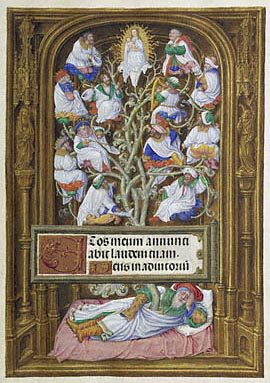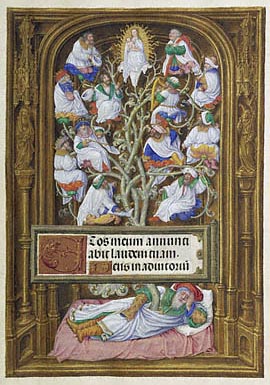O come, O come, Emmanuel,
and ransom captive Israel
who mourns in lonely exile here
until the Son of God draws near:
Rejoice, rejoice!
Emmanuel shall come to you, O Israel.
O come, true Branch of Jesse, free
your children from this tyranny;
from depths of hell your people save
to rise victorious from the grave:
Rejoice, rejoice!…
O come, bright Daystar, come and cheer
our spirits by your advent here;
dispel the long night’s lingering gloom
and pierce the shadows of the tomb:
Rejoice, rejoice!…
O come, O come, great Lord of might
who long ago on Sinai’s height
gave all your tribes the ancient law,
in cloud and majesty and awe:
Rejoice, rejoice!…
Jubilate Hymns version of Veni, veni, Emmanuel John Mason Neale (1818 – 1866)
© Jubilate Hymns Ltd
The full version of this hymn is a metrical setting of the O Antiphons – also known as The great Os used at Vespers of the last seven days of Advent. They are referred to as the “O Antiphons” because the title of each one begins with the vocative particle “O”. Each antiphon is a name of Christ, one of his attributes mentioned in Scripture. They are:
- December 17: O Sapientia (O Wisdom)
- December 18: O Adonai (O Lord)
- December 19: O Radix Jesse (O Root of Jesse)
- December 20: O Clavis David (O Key of David)
- December 21: O Oriens (O Dayspring)
- December 22: O Rex Gentium (O King of the Nations)
- December 23: O Emmanuel (O with us is God)
The familiar tune called Veni Emmanuel was first linked with this hymn in 1851, when Thomas Helmore published it in the Hymnal Noted, paired with an early revision of Neale’s English translation of the text. The volume listed the tune as being “From a French Missal in the National Library, Lisbon.” In 1966, British musicologist Mary Berry (no, not that one – an Augustinian canoness and noted choral conductor) discovered the source in a 15th-century French manuscript of processional chants for burials.


